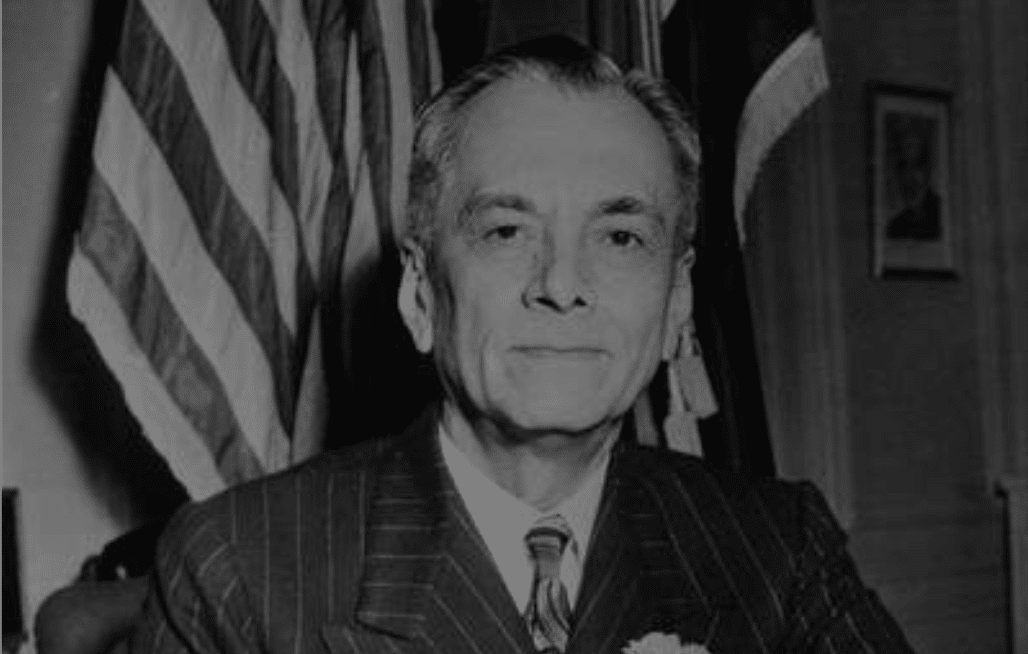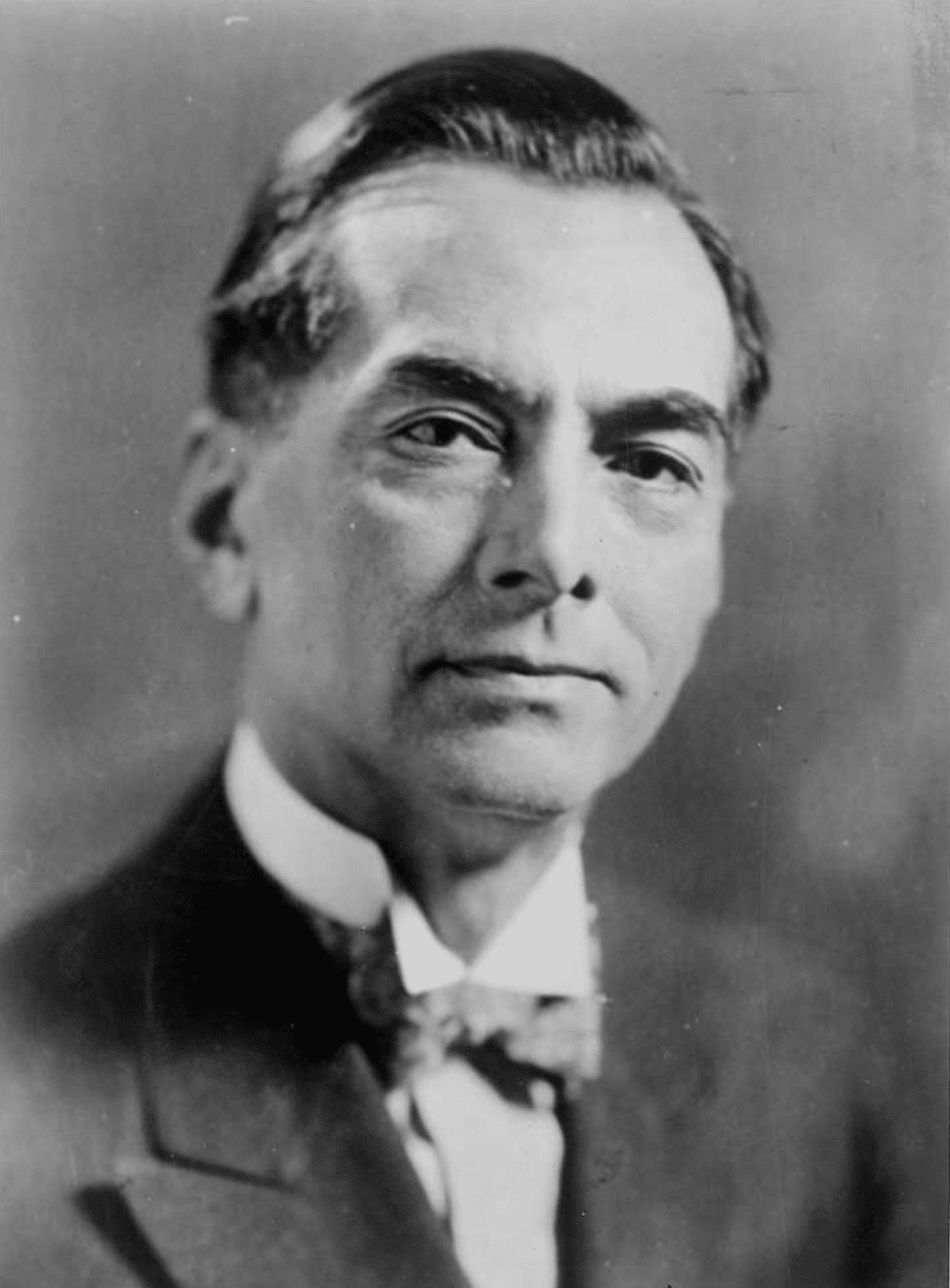August 19, 1878: The birth of President Manuel L. Quezon

Manuel L. Quezon / Library of Congress
The first president of the Philippine Commonwealth was born on August 19, 1878, in Baler, Aurora Province. He was born into modest and humble means, but his parents stressed the importance of a rigorous education. He excelled in school, especially in math.
Like other educated men of his generation, Quezon was against the abuses of Spanish colonialism. At age 18 in 1896, he joined the Katipunan under the leadership of Andres Bonifacio. A few years later, Quezon joined the revolutionary movement under Emilio Aguinaldo against American annexation of the Philippines. He witnessed the destruction, devastation and futility of conventional and guerrilla warfare.

Manuel L. Quezon / Library of Congress
As a veteran of the resistance against Spain and the United States, Quezon became very ambitious in politics and government. He rose to high levels in local, provincial and national government. He ultimately became the president of the Senate and then the first president of the Philippine Commonwealth on November 15, 1935. He was only 56 years old when he was elected to the presidency of the commonwealth.
Manuel Quezon was a crafty politician. He formed advantageous alliances with the opposition when he thought that they were needed. He knew how to build bridges and connections with supporters and detractors. He formed friendships with key Americans like Douglas MacArthur and Dwight D. Eisenhower.
When the Imperial Japanese Army invaded the Philippines in December 1941, Quezon and other key Filipino politicians evacuated Manila and traveled by boat to Malinta Tunnel on Corregidor Island. The island protected the entrance to Manila Bay. Senior American military officers like General Douglas MacArthur were also on the island. Eventually, Quezon and MacArthur were evacuated from the Philippines to Australia.
From Australia, President Quezon traveled to the United States. The Philippine Commonwealth government was in exile. President Franklin Roosevelt of the United States appointed Quezon to the Pacific War Council.
During Quezon’s time in the United States, his fight against tuberculosis was becoming more difficult. On August 1, 1944, at a treatment facility in Lake Saranac, New York, President Quezon succumbed to the disease. He was only 18 days away from his 66th birthday.
Following World War II, Quezon’s remains were transported to Manila for an honored burial in the Philippines. Thousands of Filipinos attended his service. As a tribute to his long and successful service to the Philippines, Quezon City was named after him.
Dennis Edward Flake is the author of three books on Philippine-American history. He is a Public Historian and a former park ranger in interpretation for the National Park Service at the Eisenhower National Historic Site in Gettysburg, PA. He can be contacted at: flakedennis@gmail.com
You may like: Quezon and Eisenhower’s fateful friendship

